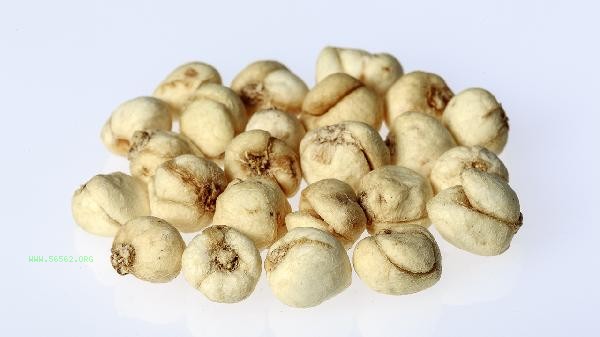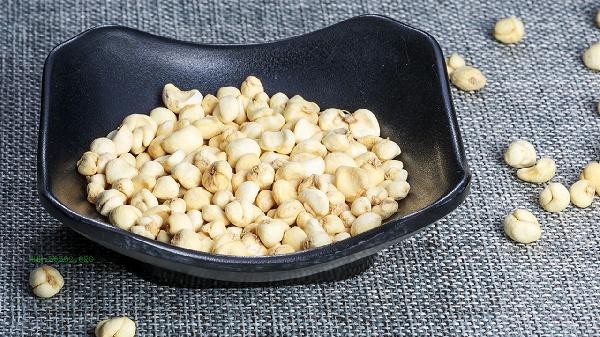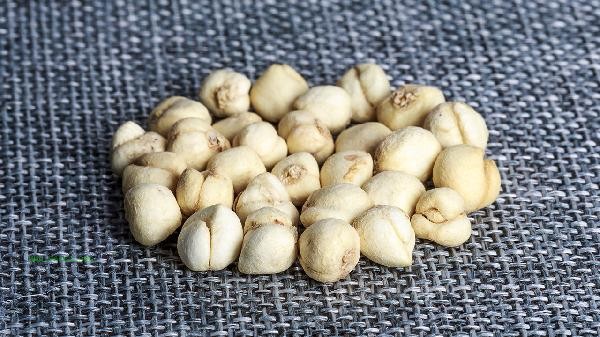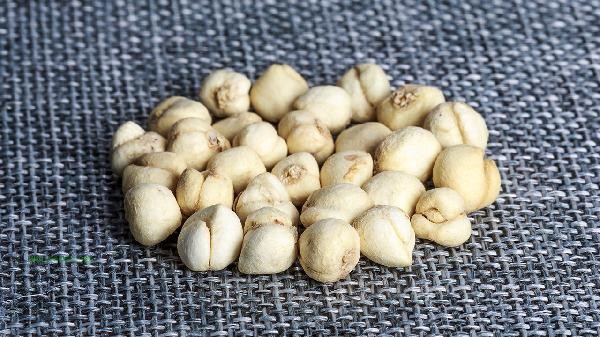Chuanbei and Pingbei can be eaten together. Both are commonly used Chinese medicinal herbs, and their combination can enhance the effect of moistening the lungs and stopping cough. Chuanbei has a slightly cold nature and belongs to the lung meridian. It has the effects of clearing heat, moistening the lungs, resolving phlegm, and stopping cough; Pingbei has a flat nature and belongs to the lung and stomach meridians. It can moisten the lungs, reduce phlegm, open up stagnation, and disperse nodules. The combination of the two is suitable for those with dry lungs, cough, and difficult phlegm viscosity, but should be used with caution for those with spleen and stomach deficiency and cold.

When used in combination with flat scallops, Chuanbei can synergistically enhance the effect of moistening the lungs and resolving phlegm. Chuanbei is good at clearing lung heat and transforming dry phlegm, and has a significant effect on dry cough with less phlegm or blood in phlegm; Pingbei focuses on regulating qi and dispersing phlegm, making it more suitable for chest tightness, phlegm accumulation, and throat obstruction. The combination of the two can cover a wider range of cough types, such as wind heat cough, lung dry cough, or chronic bronchitis. In traditional prescriptions, the two are often combined with almonds, Ophiopogon japonicus, and other ingredients, such as Beimu Gualou powder. When consumed, it can be ground into powder and mixed with honey, or stewed with pears or rock sugar.

It should be noted that the combination of the two may exacerbate the cold attribute, and individuals with weak cold constitution may experience diarrhea and decreased appetite. People with wind cold cough should avoid using it to prevent the invasion of cold pathogens. Chuanbei should not be used together with Aconitum herbs, as excessive use of Pingbei may cause mild gastrointestinal discomfort. It is recommended to adjust the ratio according to the constitution under the guidance of a physician, usually combining Chuanbei and Pingbei in a 1:1 or 2:1 ratio. Children, pregnant women, and individuals with allergies should first try small doses.

In daily use, it can be used to make snow pear soup with 5 grams of Sichuan shellfish, 5 grams of snow pear shellfish and 1 peeled and cut piece of Sydney shellfish, stewed with water for 1 hour before drinking. When storing, both should be sealed separately and placed in a cool and dry place to prevent moisture and mold. If adverse reactions such as nausea and rash occur after taking it, it should be stopped immediately, and long-term continuous use should not exceed two weeks. It is recommended to use it in combination with tongue and pulse syndrome differentiation. For those with excessive phlegm and dampness, medicinal herbs such as tangerine peel and Poria cocos can be added to balance their medicinal properties.








Comments (0)
Leave a Comment
No comments yet
Be the first to share your thoughts!